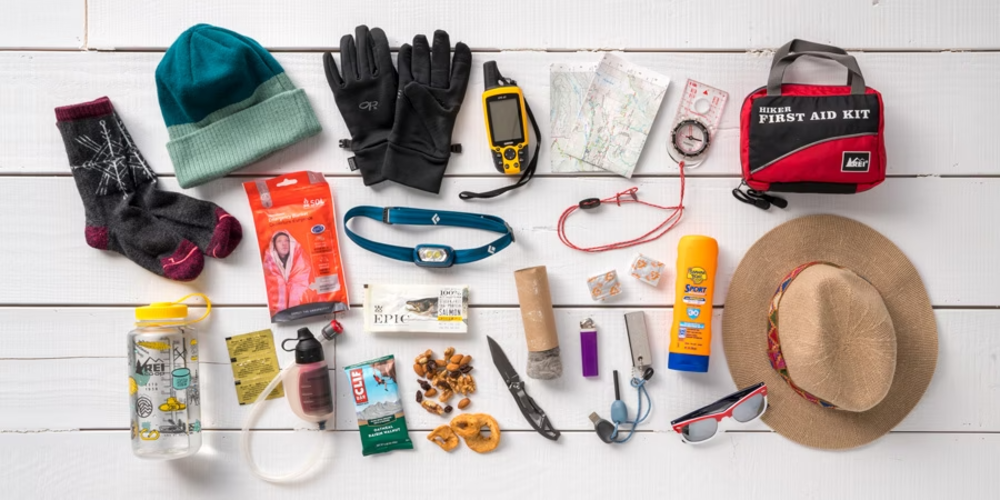Is a camping vacation in your near future, but you’re still trying to decide what to pack? I’m here to lend a hand if you need it. It would be best if you never went camping without necessary camping accessories.
There may be a climate change, so it’s a good idea to pack accordingly. I’ve been a camping enthusiast for decades, so I know what essentials to bring and what can wait. When planning your next major camping trip, use this comprehensive camp travel checklist I’ve put up to ensure you remember everything essential.
Tent
The simplest necessity is, of course, a tent. I don’t want to be caught out in the open, exposed to the elements and the pests; therefore, the cover is important. The key is deciding what kind of tent you need, which is determined by factors like the length of your camping trip, the nature of your excursions, and how far you expect to walk to get to your campsite.
For example, if you plan on hiking to get to your campground, a tent that collapses down small and can be carried in a backpack would be ideal. On the other hand, if you’re camping at a drive-up location, you can purchase a bigger, more durable tent, giving you more living space and some nicer comforts.
Sleeping Bag
A sleeping bag is another must-have item. Again, where you’re camping, weather prediction will play a major role in determining the style and size of the sleeping bag you choose. It would help if you thought about your camping season and how cold it gets at night. It’s important to have a sleeping bag with plenty of insulation since, even in warm regions, the nighttime may be bone-chilling.
A sleeping bag that can keep you warm in temperatures from 20 degrees Fahrenheit and up is essential, so picking one that can be used year-round is a good idea. It would help if you were alright with this setup as long as you avoid camping in the tundra; after all, this is your first camping trip, so it’s unlikely that you’ll be making the long trek into the tundra on foot.
Sleeping Pad
Despite how comfy and soft your sleeping bag may be, you will still feel like sleeping on the hard dirt if you don’t utilize a comfortable sleeping pad below it. Moreover, a good night’s sleep is crucial for a fun and memorable first camping experience. The options for sleeping pads range from ultralight foam pads to compact air pads to bulkier self-inflating mats that may be more practical for drive-up campsites.
Cushion
Supplement your bed with pillows for more softness and support. This is one of the most commonly missed conveniences, leading to improvised cushion use, including clumps of clothing. Pillows are more of a requirement, particularly for first-time campers, and as long as you’re not going on a long-distance hiking trip, they’re manageable to bring along in the vehicle. There is a wide variety of pillows to select from, and since most are portable and tiny, you may try out a few at home before committing to one.
